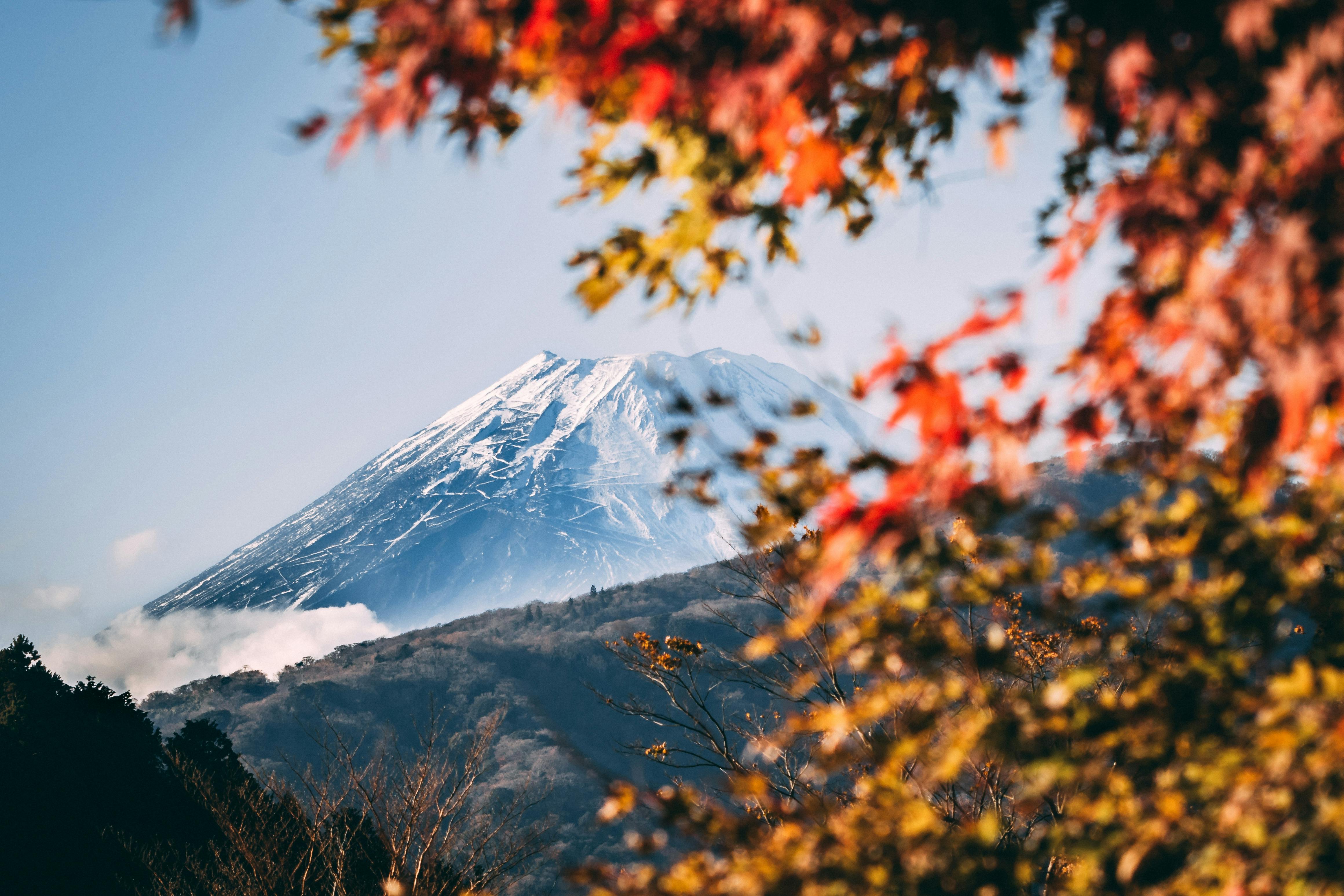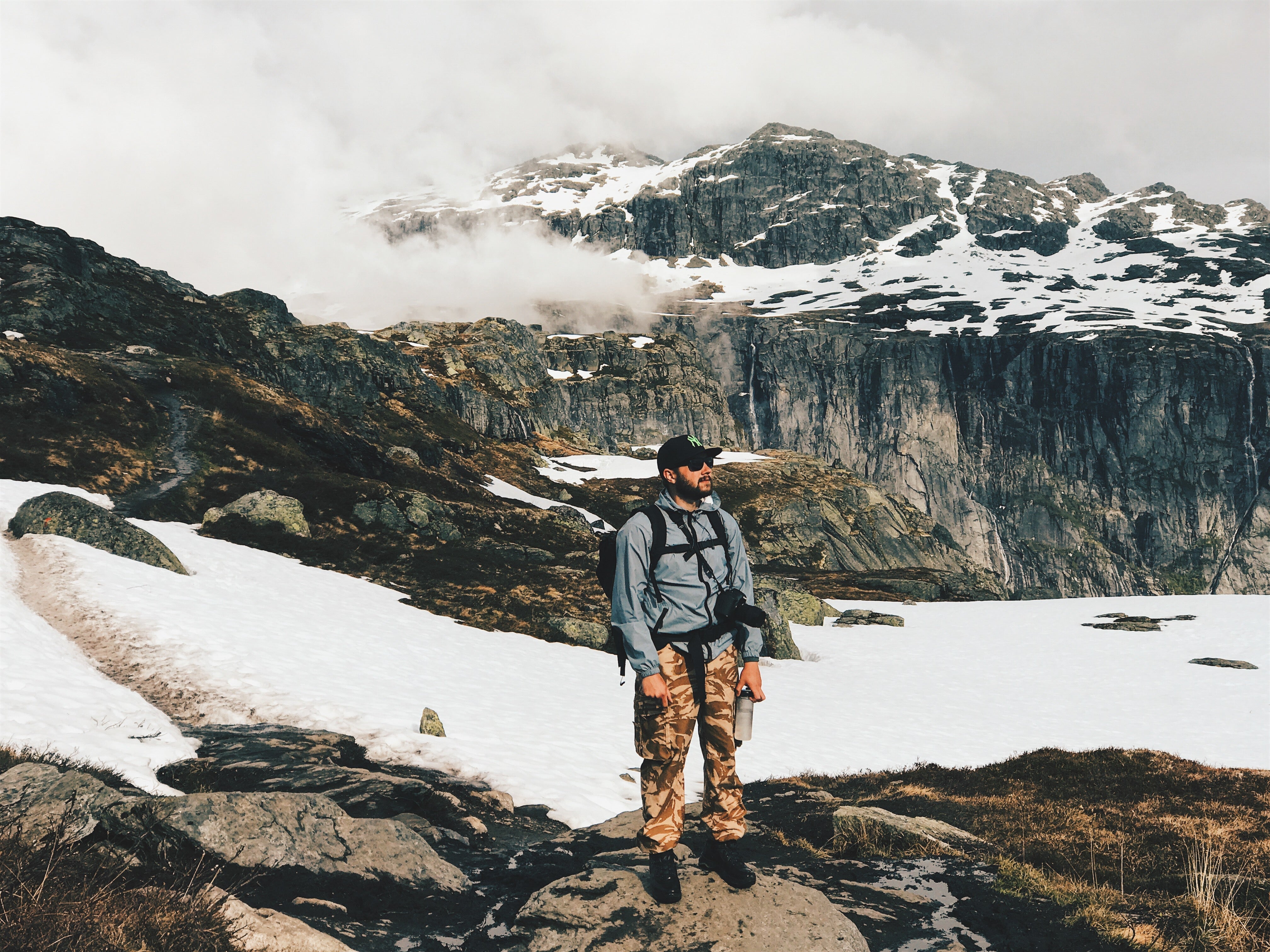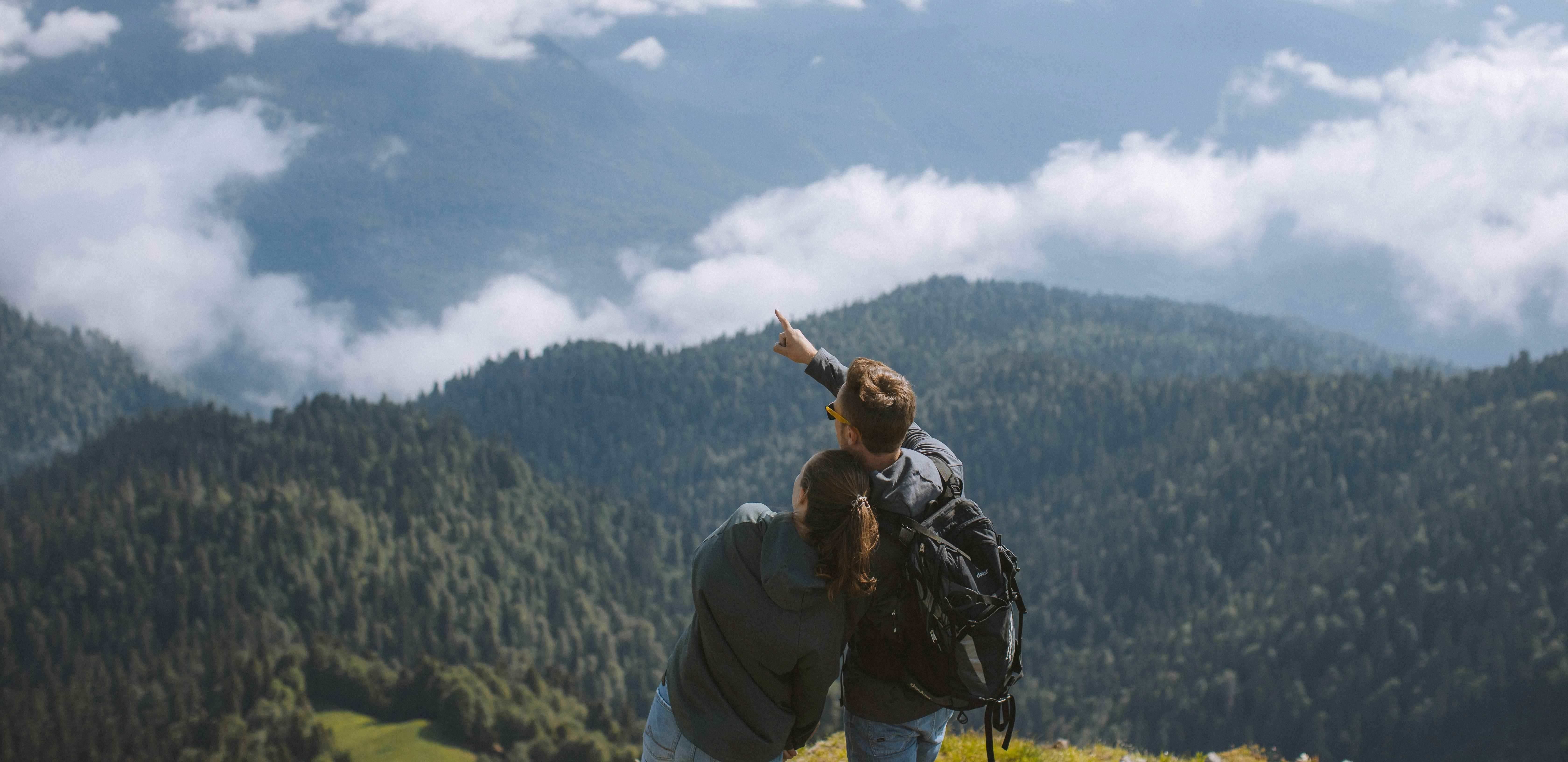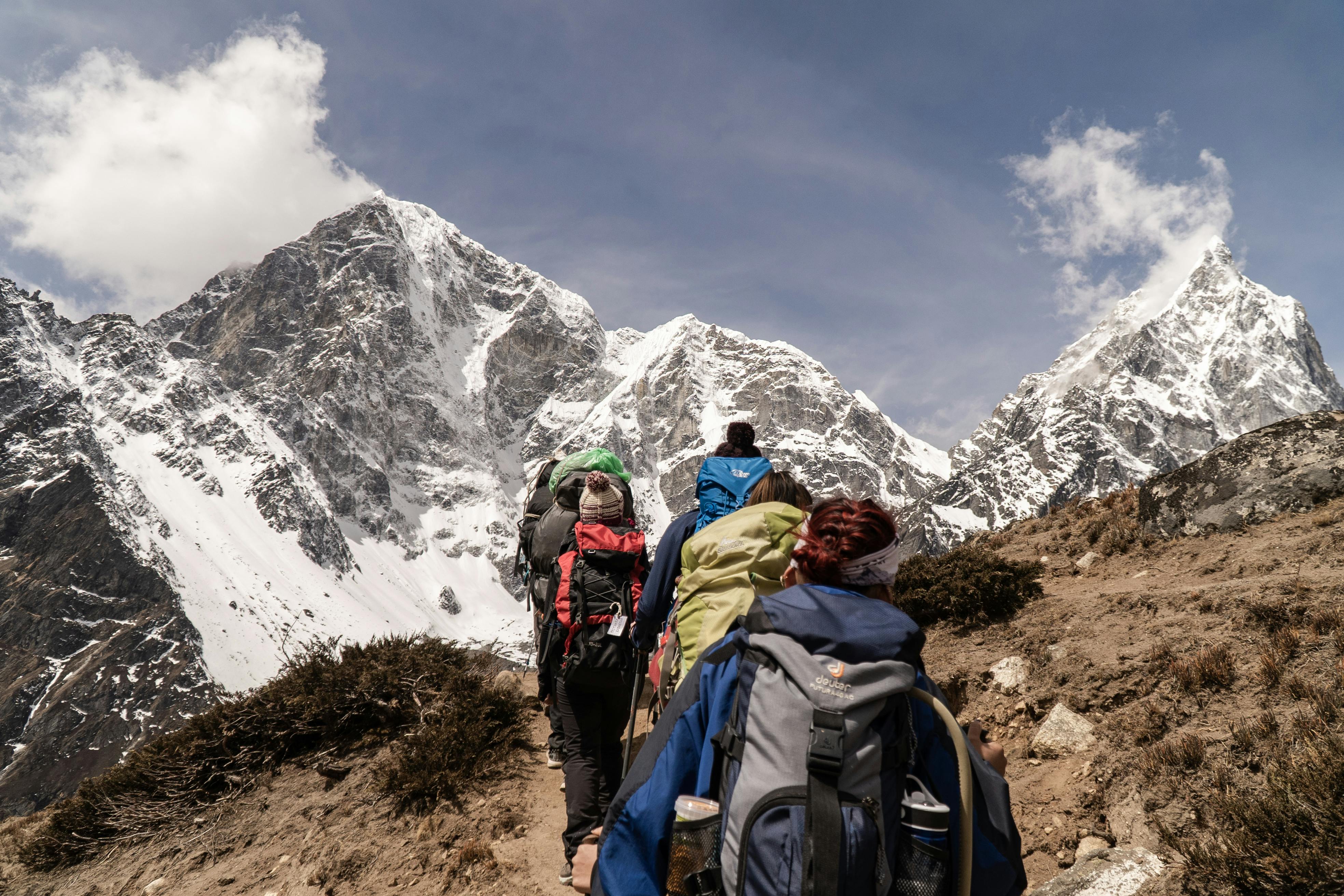High Cost of High Places: Mountaineering’s Environmental Footprint and Community Solutions

Paradise on the Brink
Modern mountaineering is both a physical and ethical journey, where pristine alpine environments face increasing pressure from ever-growing numbers of climbers. Issues like microplastics, human waste, and trail erosion pose serious threats to the world’s highest and wildest places, but the climbing community is stepping up with impactful solutions.

Recent studies on Everest revealed microplastics in 53 out of 56 snow samples, most commonly from polyester, acrylic, nylon, and polypropylene—fibers shed by outdoor clothing and equipment. Microplastics result from both wear and tear on gear and the breakdown of discarded trash, quietly accumulating in the environment and entering local water systems. This pollution harms plant, animal, and human life, and its persistence underscores the need for gear innovation, better laundry filtration, and awareness campaigns led by climbers themselves.
Mountaineering expeditions leave behind a substantial trail of waste: tens of thousands of kilograms of human excrement, gear, and non-biodegradable trash annually on peaks like Everest. They have become notorious for challenging cleanup logistics. To address this, local organizations and governments have introduced solutions such as:
-
Deposit schemes: Climbers pay a refundable fee by returning with collected waste.
-
Cleanup campaigns: Volunteers and the Nepali army remove tons of waste each season, sometimes transforming trash into art or resources for local communities.
-
Sustainable infrastructure: Solar-powered biogas plants convert human waste into fuel, and yaks now haul trash from higher camps down to be processed.
Trail Erosion: Safeguarding Fragile Paths
Intense foot traffic and increased seasonal expeditions erode trails, damage local flora, and accelerate landslides. Climate-induced glacier melt and altered permafrost further increase risk, turning once-stable ascents into hazardous new terrain. Mountaineering groups now collaborate to rebuild paths, employ strategic seasonal restrictions, and champion the “Leave No Trace” ethos.
Community-Led Innovations
The mountaineering community continues to pioneer solutions that scale beyond local interventions:
-
The Sagarmatha Pollution Control Committee educates climbers on sustainable practices and champions recycling programs.
-
Partnership with indigenous guides introduces traditional stewardship and knowledge into waste management and conservation.
-
Use of art and social media turns cleanup efforts into global campaigns, inspiring climbers and fans to support clean peaks.
Climbers have a unique opportunity—and responsibility—to protect the environments they love. Through innovation, advocacy, and collaboration, the mountaineering community is reshaping its environmental legacy for future generations. By turning challenges into a call for stewardship, every step to the summit now becomes a step toward lasting change.



